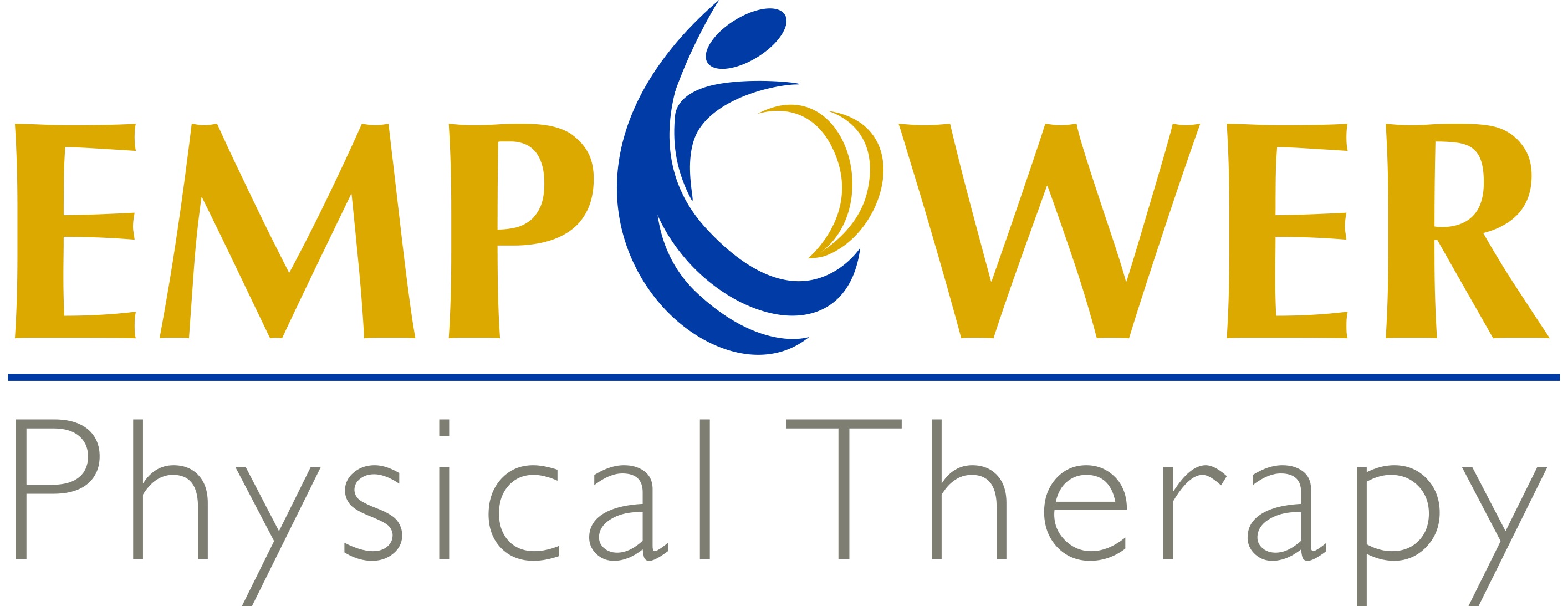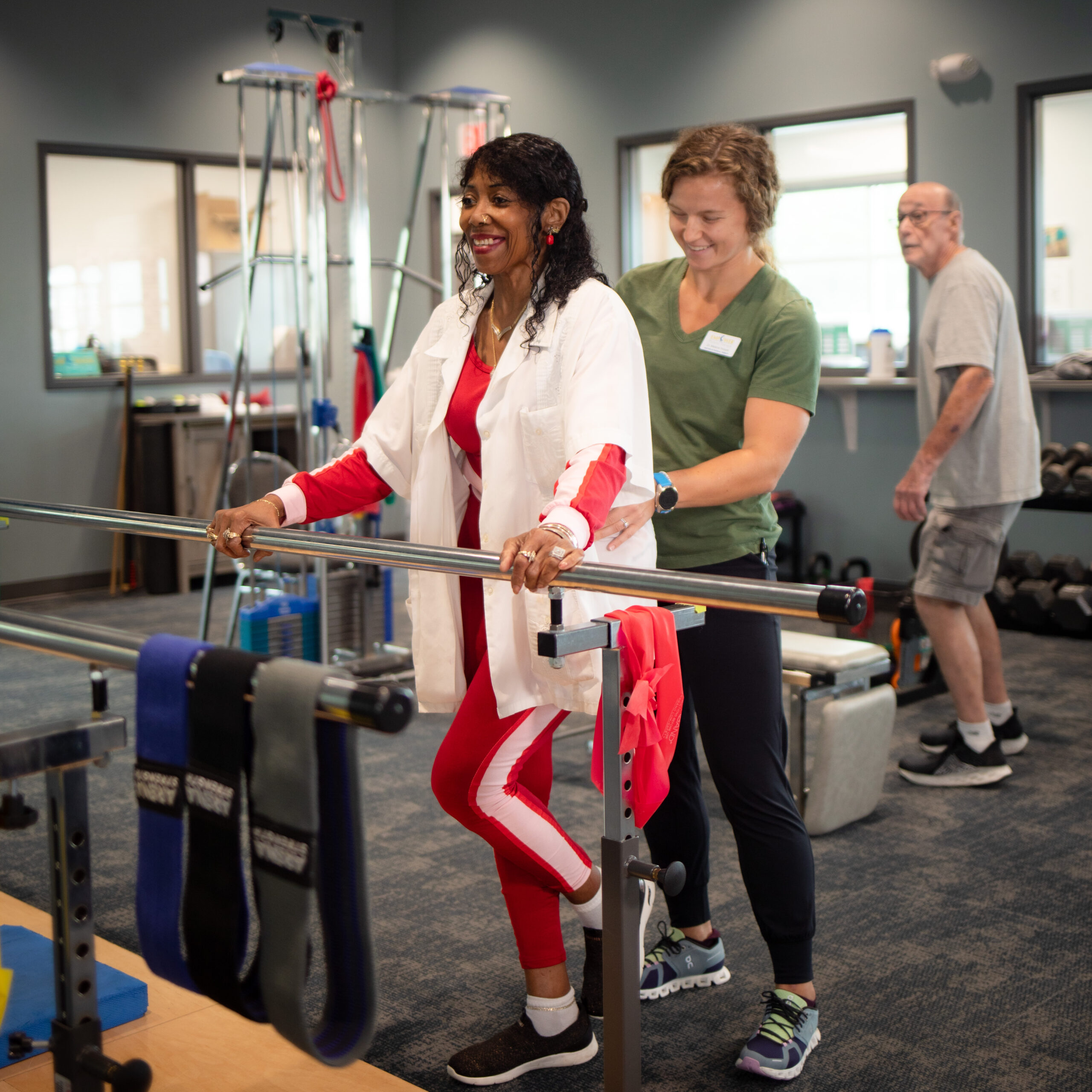The Magical Effects of Correct Breathing (plus some tips!)
That’s easy right? Breathing is just something we do and don’t really think about. But did you know that improved breathing patterns can affect many systems of your body to function better?
Diaphragmatic breathing is when you allow the diaphragm to descend into the abdominal cavity with inhale and then ascend up to exhale. This type of breathing is what all infants do when they are born, at some point a lot of people transition into mostly “chest breathing” where the chest expanse, shoulders rise, and the diagram has very little engagement.
Why does breathing form matter?
A chest breath is a “stress breath”. Keeping our already high alert anxious and stressed nervous system in a fight or flight state. When you don’t allow the diaphragm to descend it actually disrupts a lot of natural occurring actions in our body that can be detrimental to our health and wellbeing.
A diaphragmatic breath or “belly breath” has many benefits to keeping our system in check and here’s a list of things that practicing this type of breathing can do:
- A belly breath is a signal to our nervous system to be in a rest and relaxed state. If you are stressed, try taking some calming deep belly breaths to down regulate your nervous system to help reduce your body’s stress level.
- Diaphragmatic breathing can help relieve constipation. Allowing the diaphragm to descend into the abdominal cavity helps to act as a pump and massage the internal organs to help move things along!
- This type of breathing helps the lymph system to eliminate toxins and improve immune health.
- Helps to reduce heart rate, blood pressure and improves oxygenation within our bodies.
- Reducing constant abdominal bracing and allowing for belly breathing helps reduce musculoskeletal pain and dysfunctions by allowing your body to move freely and dynamically versus stiff and rigid. It allows for better core stabilization to support your spine. The diaphragm has attachments on the spine so actually helps mobilize spinal segments and improve blood flow.
- Reduces Intra Abdominal pressure to reduce the incidence of injury to discs, hernias, and even pelvic floor dysfunction such as urinary incontinence and pelvic organ prolapse.
How to practice proper breathing
Lying down is the easiest way to “find your breath”. Place one hand on your chest and one on your belly. Relax your tummy, breathe in through your nose and allow your belly to expand 360 degrees (like opening an umbrella under your ribs) without much movement in your chest. Then as you exhale, allow your belly to fall and push air out through pursed lips, like you have a straw in your mouth. Once you find what this feels like laying down, practice in upright postures and positions and try to retrain your body to breathe this way rather than into your chest!

Give diaphragmatic breathing a try to help improve your health and how you feel! If you would like more direction and specific exercises that aid in improving any issues listed above come see me at Empower Physical Therapy so we can get your breathing right!





